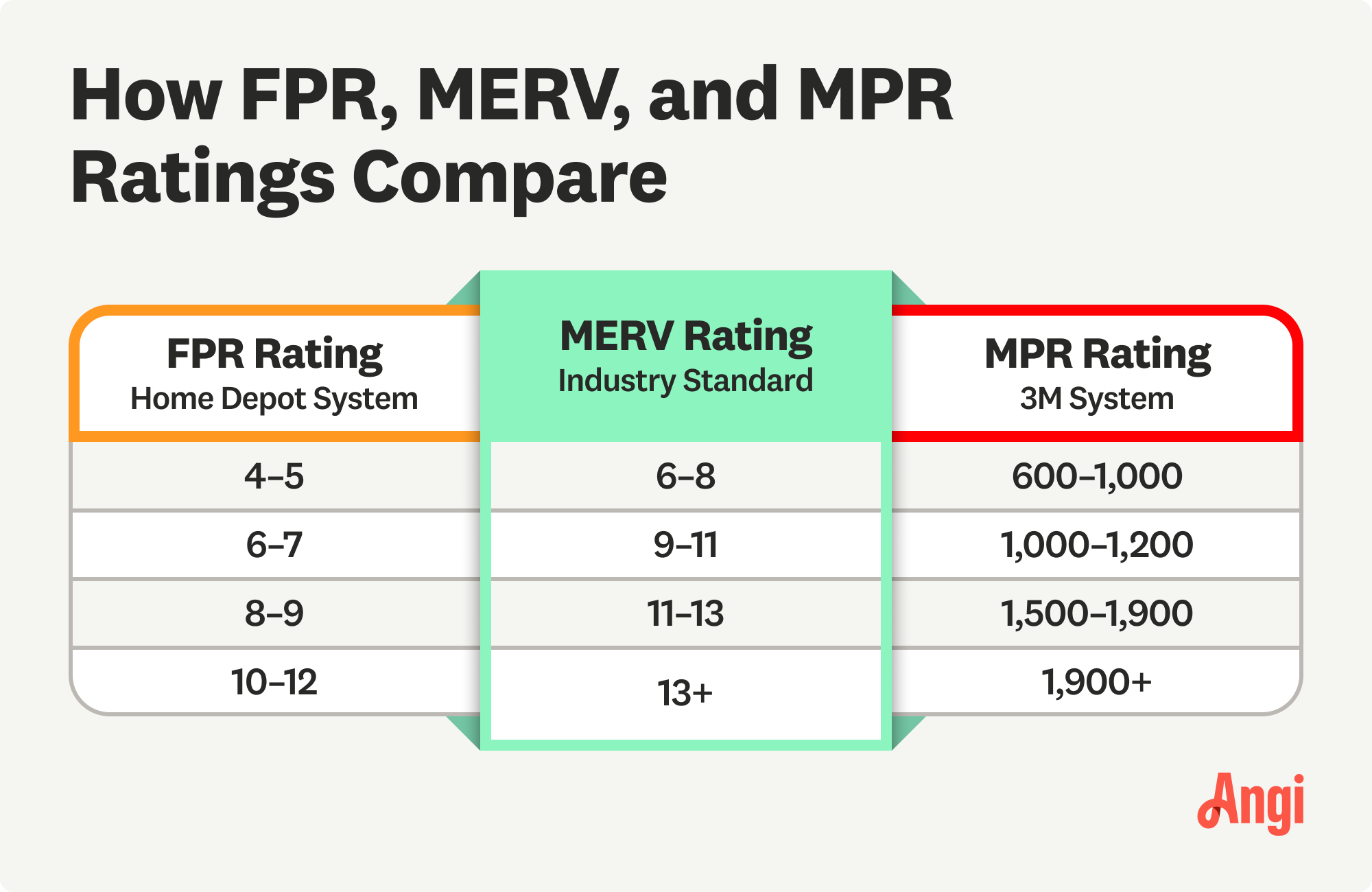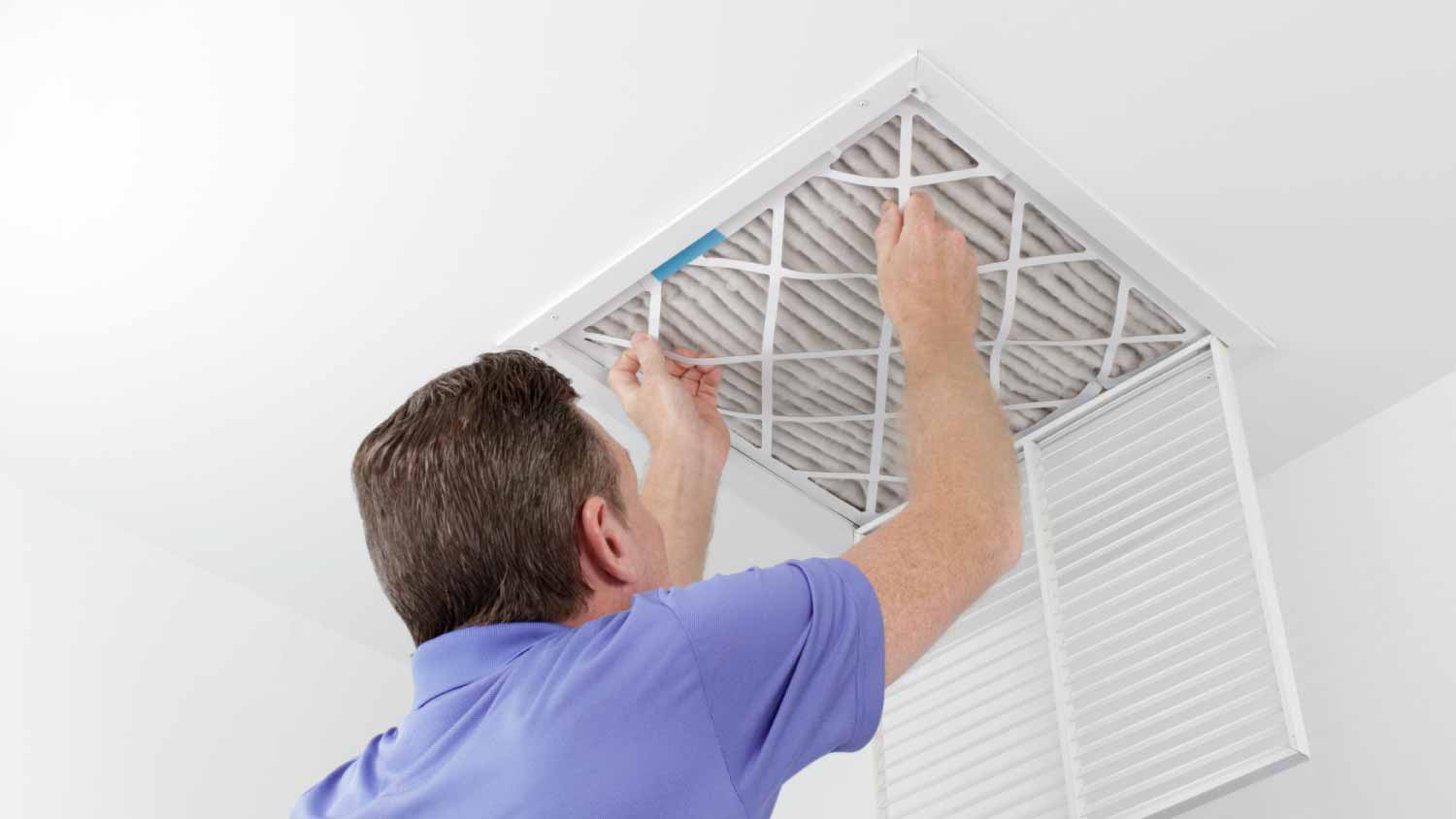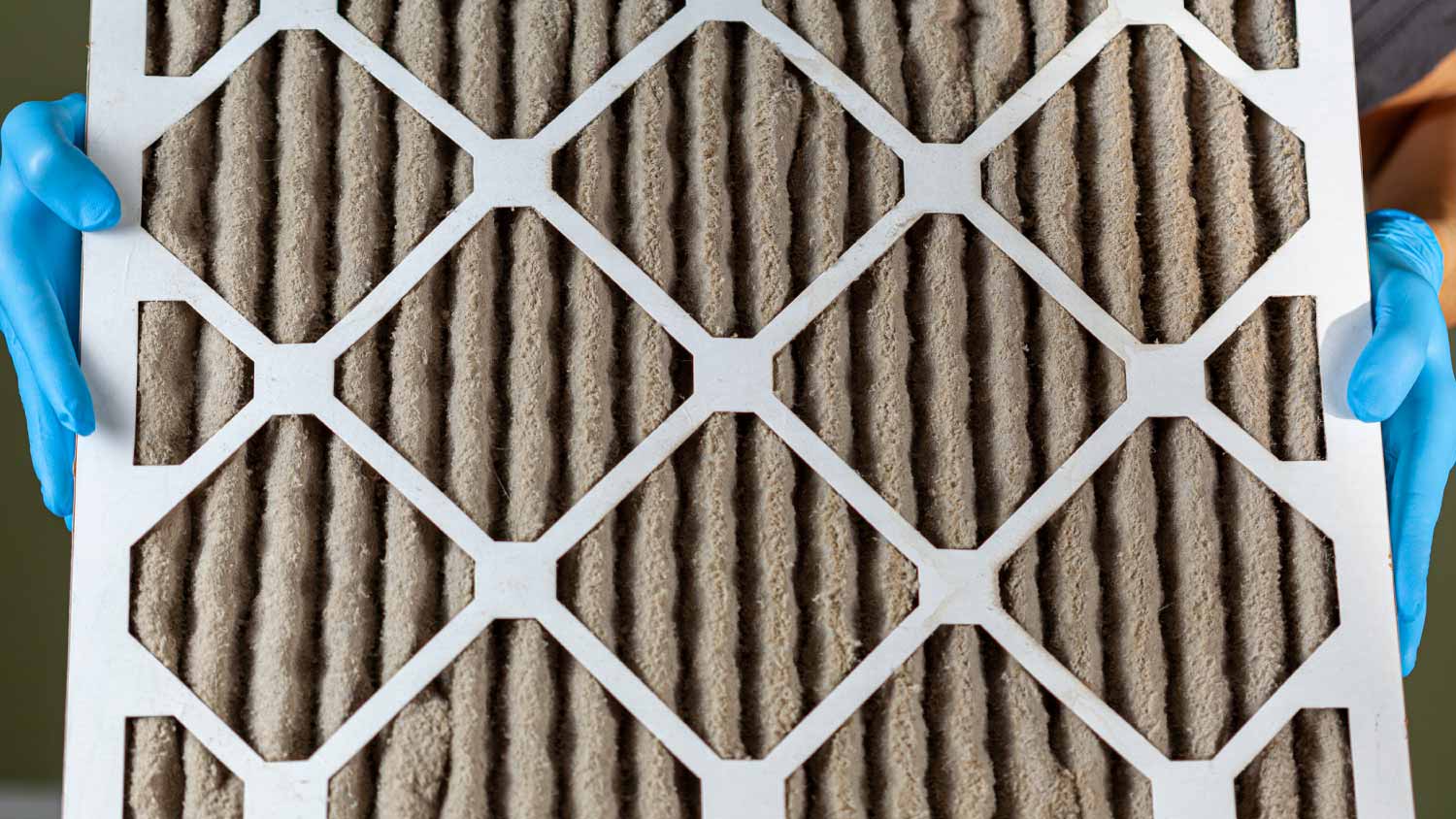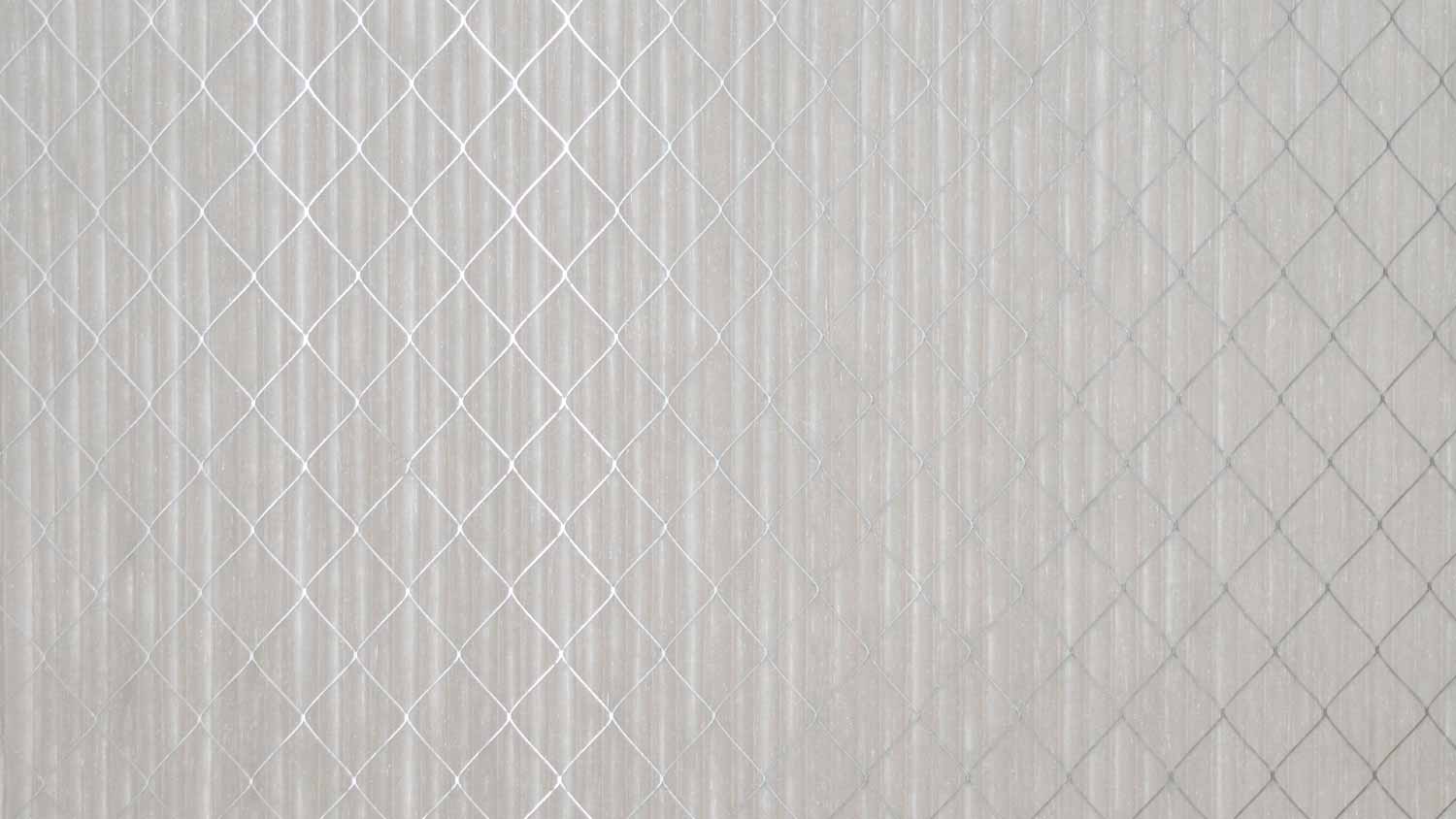
What you’ll pay in Columbus, OH, for furnace repairs depends on many factors. Here’s a breakdown of what can go wrong and the cost to fix those issues.
Let’s filter through the HVAC jargon


FPR, MERV, and MPR are rating systems for air filters.
Each system uses a different scale, but all three measure how well a filter blocks particles.
MERV is the industry-standard air filter rating system.
FPR and MPR are alternate rating systems developed by Home Depot and 3M, respectively.
When you’re shopping for air filters, it’s easy to get overwhelmed by the sheer number of options. Not only do you need to choose the right size, type, and thickness, but you also have to pick the right efficiency rating. And to complicate things even further, there are multiple rating systems to measure air filter efficiency—including FPR, MERV, and MPR. Below, we’ll focus on the differences between FPR versus MERV versus MPR to help you pick the best filter rating for your household.
FPR, MERV, and MPR are three different air filter rating systems. Each was developed by a different organization or company, but they all measure the same thing: how effectively an air filter blocks out particles of varying sizes. In all of these systems, a higher rating equals better particle filtration.
Here’s a quick rundown of each rating system:
Filter Performance Rating (FPR): This system uses a rating scale of 1–12 to categorize the effectiveness of filters sold at Home Depot.
Minimum Efficiency Reporting Value (MERV): MERV ratings are the industry standard for measuring air filter effectiveness. The rating scale goes from 1–20.
Microparticle Performance Rating (MPR): This rating system describes how well 3M filters capture microparticles. The scale ranges from 300–2,800.
| Type of Difference | FPR | MERV | MPR |
|---|---|---|---|
| Used by | Home Depot | Industry-wide | 3M |
| Rating scale | 1–12 | 1–20 | 300–2,800 |

One of the main differences between the three systems is where they’re used:
FPR: Home Depot created these ratings to help customers easily understand the particle-blocking capabilities of the filters it sells. However, the company also lists MERV ratings on its filters.
MERV: Established by the American Society of Heating, Refrigerating, and Air Conditioning Engineers (ASHRAE) in 1987, the MERV system is the industry standard for measuring a filter’s effectiveness. No matter where you buy your air filters, they should include a MERV rating.
MPR: 3M developed this system to rate how effectively its filters block particles smaller than one micron (like smoke and smog). Its products also have MERV ratings.
Aside from their origins and uses, the other key difference between MERV versus FPR versus MPR systems is their rating scales and what each number actually indicates as far as effectiveness.

Home Depot’s FPR ratings range from 1 to 12, with higher ratings equating to better particle filtration. Here’s what some of the most common ratings can block:
5 (Good): Dust mite debris, pet dander, pollen, dust, and lint
7 (Better): All of the above, plus mold spores and bacteria
9 (Best): All of the above, plus particles in coughs and sneezes, most smoke, and allergens
10 (Premium): All of the above, plus odors and smog particles
12: (Ultimate): All of the above, plus virus and volatile organic compound (VOC) particulates

MERV’s scale goes from 1 to 20. Filters with MERV ratings of 17 or higher are known as high-efficiency particulate air (HEPA) filters and can block at least 99.97% of airborne particles. Here’s what other common MERV ratings can block:
1 to 4: Extremely large particles
5 to 6: All of the above, plus large dust particles
7 to 9: All of the above, plus lint and finer dust
10 to 12: All of the above, plus pet dander, smoke, pollen, and mold spores
13 to 17: All of the above, plus bacteria and particles from sneezing
17+: All of the above, plus viruses and carbon dust

The MPR system has the widest rating scale, ranging from 300 to 2,800. Its filters can block:
600: Lint, household dust, dust mite debris, mold spores, and pollen
800: All of the above, plus pet dander
1,000: All of the above, plus smog particles
1,200: All of the above, plus particles in coughs and sneezes
1,500: All of the above, plus bacteria and viruses
1,600: All of the above, plus candle soot
2,200: All of the above, plus exhaust particles and fine particles under 2.5 micrometers in diameter (PM2.5)
Even though they use different scales, all three rating systems measure the same thing. Under each system, you’ll find a range of products with various particle-blocking effectiveness levels, meaning that no single system is better than the others in terms of filtration capability.
Because there are multiple filter rating systems (and many ratings within each system), choosing the right air filter rating isn’t always easy. In reality, the best filter rating will depend on a few factors, including your family’s needs and your budget.
This chart can help you determine the right option for your household:
| Best Filter For | FPR Rating | MERV Rating | MPR Rating |
|---|---|---|---|
| Everyday performance and value | 5 | 6 | 600 |
| People with pets or allergies | 9 | 8–10 | 1,000–1,200 |
| People with breathing-related conditions | 10 | 11–12 | 1,500 |
Still unsure which filter rating is best for you? A local AC installer can point you in the right direction.
From average costs to expert advice, get all the answers you need to get your job done.

What you’ll pay in Columbus, OH, for furnace repairs depends on many factors. Here’s a breakdown of what can go wrong and the cost to fix those issues.

A mini-split allows for zoned cooling, helpful for cooling spaces like garages. Learn the cost to install a mini-split unit in a garage with this guide.

Your leaky ductwork may be hiking up your energy bills. We explore the cost of checking air ducts for leaks, which may be worth it for your home.

Having issues with your HVAC system? A faulty thermostat could be to blame. Blank screens, temperature discrepancies, and a lack of responsiveness can all mean your thermostat has gone bad. Find out the major symptoms of a bad thermostat here.

Keep your home cool with wall-mounted AC units. Find out what wall cooling is, including pros and cons, as well as installation costs to expect.

An ERV HVAC system, or energy recovery ventilator, removes stale and dirty air and brings clean air into your home. See the pros and cons here.